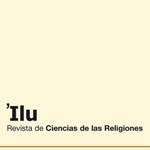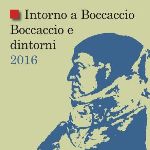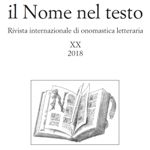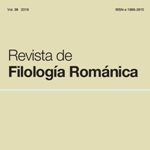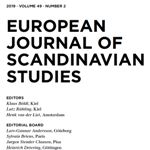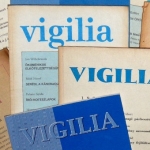Marta Piłat-Zuzankiewicz, “La estructura de chairetismo y polionimia en la tradición litúrgica y paralitúrgica mariana y sus huellas en la literatura religiosa hispana (siglos VII-XVII),” ’Ilu. Revista de Ciencias de las Religiones 23 (2018). This article presents a historical overview of Marian compositions structured on the scheme of chairetism and polionimia, which combines the repetition […]
